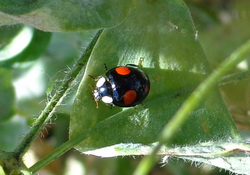top of page

BEFORE THE BULLDOZER
A Nottingham allotment site destined for change
Insects
Another subject notoriously difficult to photograph. Still, you've got to start somewhere...
Select to enlarge/identify/scroll, or use thumbnails to select image and hover to identify.
bottom of page






















